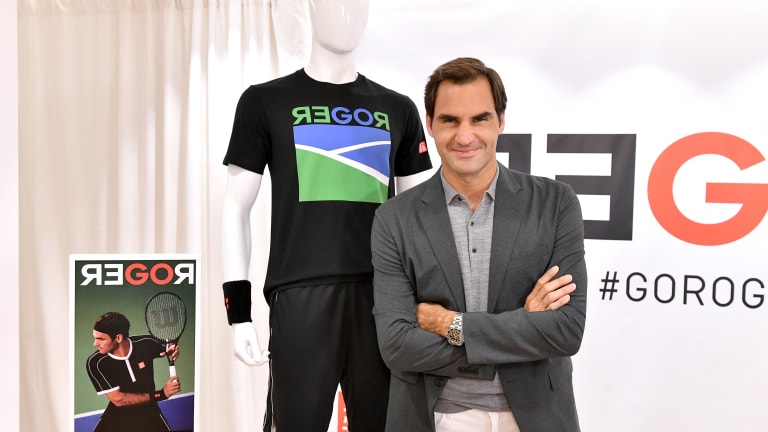Roger Federer on course to join billionaire athlete club
By Jan 07, 2020Laver Cup
Rafael Nadal accepts Bjorn Borg's Laver Cup invitation to play for Team Europe in Berlin
By Apr 22, 2024Social
Big 3 salutes their retiring 'friend' Joao Sousa in Estoril
By Apr 07, 2024Social
Roger Federer to deliver commencement speech at Dartmouth College
By Mar 28, 2024Miami, USA
Top 5 Miami Finals, No. 1: Roger Federer d. Rafael Nadal, 2005
By Mar 27, 2024Social
Coco Gauff wants to play as the Big Three after TopSpin 2K25 unveils full player roster
By Mar 23, 2024Lifestyle
Roger Federer opens up on retirement to GQ: He doesn't miss pro tennis, but hitting a forehand is 'like riding a bike'
By Mar 15, 2024Indian Wells, USA
Top 5 Indian Wells Finals, No. 4: Dominic Thiem d. Roger Federer, 2019
By Mar 13, 2024Pop Culture
Carlos Alcaraz can’t wait to “play as myself” in upcoming TopSpin 2K25 tennis video game
By Mar 13, 2024Pop Culture
Roger Federer is California dreamin' as he takes in Golden State Warriors game, attends Oscars
By Mar 10, 2024Roger Federer on course to join billionaire athlete club
The Swiss would join rarefied sporting company, alongside the likes of Tiger Woods, Michael Jordan and Floyd Mayweather.
Published Jan 07, 2020
Advertising
Year | Annual earnings (Forbes) |
|---|---|
Year | Annual earnings (Forbes) |
2019 | $93.4 million |
2018 | $77.2 million |
2017 | $64 million |
2016 | $67.8 million |
2015 | $67 million |
2014 | $56.2 million |
2013 | $71.5 million |
2012 | $54.3 million |
2011 | $47 million |
2010 | $43 million |
2009 | $33 million |
Advertising
Advertising

Roger Federer on course to join billionaire athlete club
© Getty Images for Uniqlo
Advertising

Roger Federer on course to join billionaire athlete club